Home>Home Appliances>Home Automation Appliances>Why Is My Vivint Thermostat Not Heating
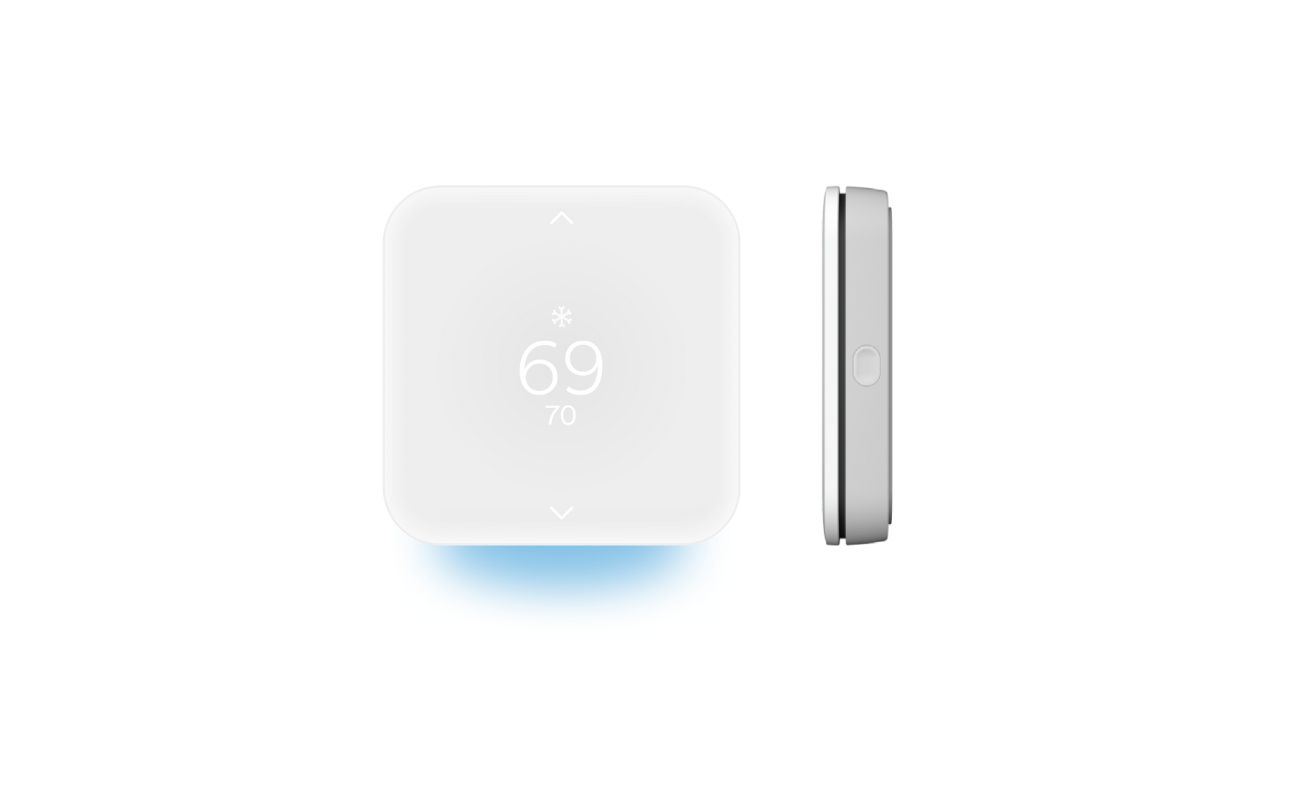

Home Automation Appliances
Why Is My Vivint Thermostat Not Heating
Published: January 1, 2024
Discover common reasons why your Vivint thermostat may not be heating and learn how to troubleshoot it. Get expert tips on home automation appliances.
(Many of the links in this article redirect to a specific reviewed product. Your purchase of these products through affiliate links helps to generate commission for Storables.com, at no extra cost. Learn more)
Introduction
Read more: Why Is My Thermostat On, But There’s No Heat
Introduction
If you've noticed that your Vivint thermostat isn't heating your home as expected, it can be quite frustrating, especially during the chilly months. However, before resigning yourself to donning an extra sweater, there are several potential reasons why your thermostat may not be functioning optimally. By exploring these common issues and troubleshooting steps, you can work towards restoring your home's comfortable temperature and ensuring that your Vivint thermostat operates at its best.
Let's delve into the possible causes and solutions for a Vivint thermostat that's not heating your home effectively. From checking the thermostat settings to inspecting the HVAC system and considering environmental factors, we'll cover the essential steps to identify and address the issue. By following these guidelines, you can take proactive measures to resolve the problem and enjoy a cozy, well-heated home once again.
Now, let's embark on a journey to uncover the reasons behind your Vivint thermostat's lack of heating and discover the best ways to rectify the situation. Whether it's a minor adjustment or a more involved troubleshooting process, understanding the potential culprits will empower you to make informed decisions and restore your home's warmth efficiently and effectively.
Key Takeaways:
- Ensure your Vivint thermostat is set to ‘heat’ mode and the temperature is adjusted correctly. Also, check the fan setting to optimize heating performance.
- Regularly inspect and maintain your HVAC system, including filters, vents, and outdoor units, to ensure efficient heating. Consider environmental factors like insulation and temperature variations for optimal thermostat performance.
Check the Thermostat Settings
When your Vivint thermostat seems to be falling short in the heating department, one of the first steps is to assess its settings. Start by verifying that the thermostat is set to the heating mode. It's not uncommon for the settings to be inadvertently adjusted, especially if multiple individuals have access to the thermostat.
Access the thermostat's interface and ensure that the mode is correctly set to 'heat.' Additionally, check the temperature setting to confirm that it aligns with your heating preferences. If the temperature is set too low, the thermostat may not activate the heating system to reach the desired warmth.
Another aspect to consider is the fan setting. Ensure that the fan is set to 'auto' rather than 'on.' When the fan is set to 'on,' it will circulate air continuously, which may not be necessary for heating purposes and could lead to a perception of insufficient heating.
By thoroughly reviewing and adjusting the thermostat settings, you can eliminate potential discrepancies that might be hindering its heating functionality. This simple yet crucial step can often resolve the issue and restore your Vivint thermostat's heating performance to its full potential.
Verify the Power Source
When troubleshooting a Vivint thermostat that isn’t heating as expected, it’s essential to consider the power source. Start by checking if the thermostat has power. If it’s a battery-powered model, replace the batteries to ensure that the thermostat has an adequate power supply. In case of a hardwired thermostat, inspect the circuit breaker or fuse to confirm that power is reaching the thermostat.
Additionally, examine the wiring connections to ensure they are secure and free from damage. Loose or damaged wiring can disrupt the thermostat’s ability to communicate with the heating system, leading to heating issues. If any wiring irregularities are detected, it’s advisable to seek professional assistance to rectify the situation safely and effectively.
Furthermore, if your Vivint thermostat is part of a smart home system, ensure that it’s connected to a stable Wi-Fi network. A reliable internet connection is crucial for the thermostat to receive commands and updates, allowing it to function optimally. Check the Wi-Fi signal strength in the vicinity of the thermostat to rule out connectivity issues as a potential cause of the heating issue.
By meticulously verifying the power source, including the battery status, electrical supply, and Wi-Fi connectivity, you can address any underlying power-related issues that might be impeding your Vivint thermostat’s heating performance.
Inspect the HVAC System
When troubleshooting a Vivint thermostat that is not heating your home adequately, it’s essential to assess the underlying HVAC (Heating, Ventilation, and Air Conditioning) system. Begin by checking the air filters. Clogged or dirty filters can obstruct airflow, leading to reduced heating efficiency. Replace the filters if they are dirty, as this can significantly improve the HVAC system’s performance and the overall heating capacity.
Next, examine the vents and registers throughout your home. Ensure that they are open and unobstructed by furniture, curtains, or other items that could impede airflow. Restricted airflow can diminish the effectiveness of the heating system, resulting in uneven heating or insufficient warmth in certain areas of your home.
It’s also beneficial to inspect the HVAC system’s outdoor unit, particularly if it’s a heat pump or central air conditioning system. Clear away any debris, such as leaves, twigs, or dirt, that may be obstructing the unit. Adequate airflow around the outdoor unit is crucial for optimal heating performance, especially in the case of a heat pump that provides both heating and cooling functions.
If your Vivint thermostat is integrated with zoning controls or multiple heating zones, ensure that the zoning settings are configured correctly. Misconfigured zoning settings can lead to imbalanced heating distribution, with certain areas receiving inadequate warmth. Adjust the zoning controls as needed to achieve a more uniform and efficient heating pattern throughout your home.
By conducting a thorough inspection of the HVAC system, including the filters, vents, outdoor unit, and zoning controls, you can identify and address potential factors that may be impacting your Vivint thermostat’s heating capabilities. This proactive approach can contribute to restoring optimal heating performance and enhancing the comfort of your home.
Check if the thermostat is set to heat mode and the temperature is higher than the current room temperature. Also, make sure the furnace is turned on and the circuit breaker is not tripped. If the issue persists, contact Vivint customer support for assistance.
Read more: Why Is My HVAC Not Heating
Consider Environmental Factors
When troubleshooting a Vivint thermostat that appears to be struggling with heating your home, it’s important to take into account various environmental factors that can influence its performance. Start by assessing the temperature settings in different areas of your home. If the thermostat is located near a drafty window, a heat source, or an area that experiences direct sunlight, it may register an inaccurate temperature reading, leading to suboptimal heating operation.
Similarly, if there are significant temperature variations between different areas of your home, the thermostat may struggle to maintain a consistent and comfortable indoor temperature. This can be particularly relevant in larger homes or properties with multiple levels, where the heating requirements may differ across distinct zones.
Consider the insulation and sealing of your home, as inadequate insulation or air leaks can contribute to heat loss, making it challenging for the heating system to maintain the desired temperature. Inspect windows, doors, and other potential sources of air leakage, and address any issues to improve the overall energy efficiency and heating performance of your home.
Furthermore, if your home features a fireplace, wood-burning stove, or other alternative heating sources, they can impact the overall heating dynamics. The thermostat may struggle to regulate the temperature effectively if it’s influenced by the heat generated from these alternative sources. Adjust the thermostat settings or consider the use of additional temperature sensors to mitigate these effects and optimize heating control.
By considering these environmental factors, such as temperature variations, insulation, air leaks, and alternative heating sources, you can gain insights into potential influences on your Vivint thermostat’s heating performance. Addressing these factors can contribute to more effective temperature regulation and enhanced comfort in your home.
Contact Vivint Support
If you’ve diligently explored the thermostat settings, power source, HVAC system, and environmental factors, and your Vivint thermostat still isn’t heating your home adequately, it may be time to seek assistance from Vivint’s dedicated support team. Vivint offers comprehensive support services to address any issues related to their smart home products, including thermostats and HVAC systems.
Contacting Vivint support allows you to leverage the expertise of their knowledgeable representatives, who can provide personalized guidance and troubleshooting steps tailored to your specific situation. Whether it’s a technical glitch, a configuration issue, or a potential hardware concern, the support team is equipped to help you navigate through the resolution process effectively.
Before reaching out to Vivint support, ensure that you have relevant details readily available, such as the model of your Vivint thermostat, a description of the heating issue, and any troubleshooting steps you’ve already undertaken. This information can facilitate a more efficient and targeted support experience, enabling the support team to address your concerns with precision.
When communicating with Vivint support, be prepared to follow their instructions and perform any additional diagnostic steps they recommend. This collaborative approach can expedite the troubleshooting process and lead to a swift resolution, allowing you to restore your Vivint thermostat’s heating functionality without undue delay.
By engaging Vivint support, you can tap into their resources and expertise, benefiting from their commitment to delivering reliable and effective solutions for your smart home devices. Rest assured that Vivint’s support team is dedicated to ensuring that your thermostat and HVAC system operate seamlessly, allowing you to enjoy the comfort and convenience of a well-heated home.
Frequently Asked Questions about Why Is My Vivint Thermostat Not Heating
Was this page helpful?
At Storables.com, we guarantee accurate and reliable information. Our content, validated by Expert Board Contributors, is crafted following stringent Editorial Policies. We're committed to providing you with well-researched, expert-backed insights for all your informational needs.
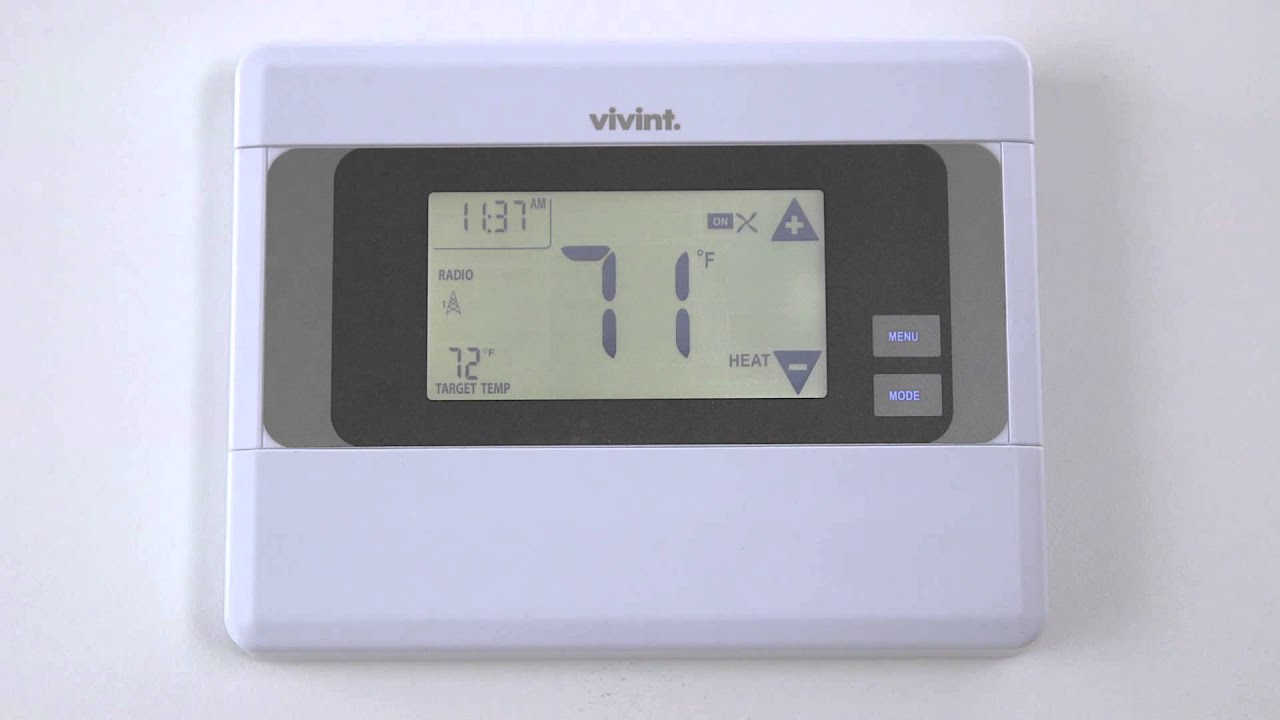
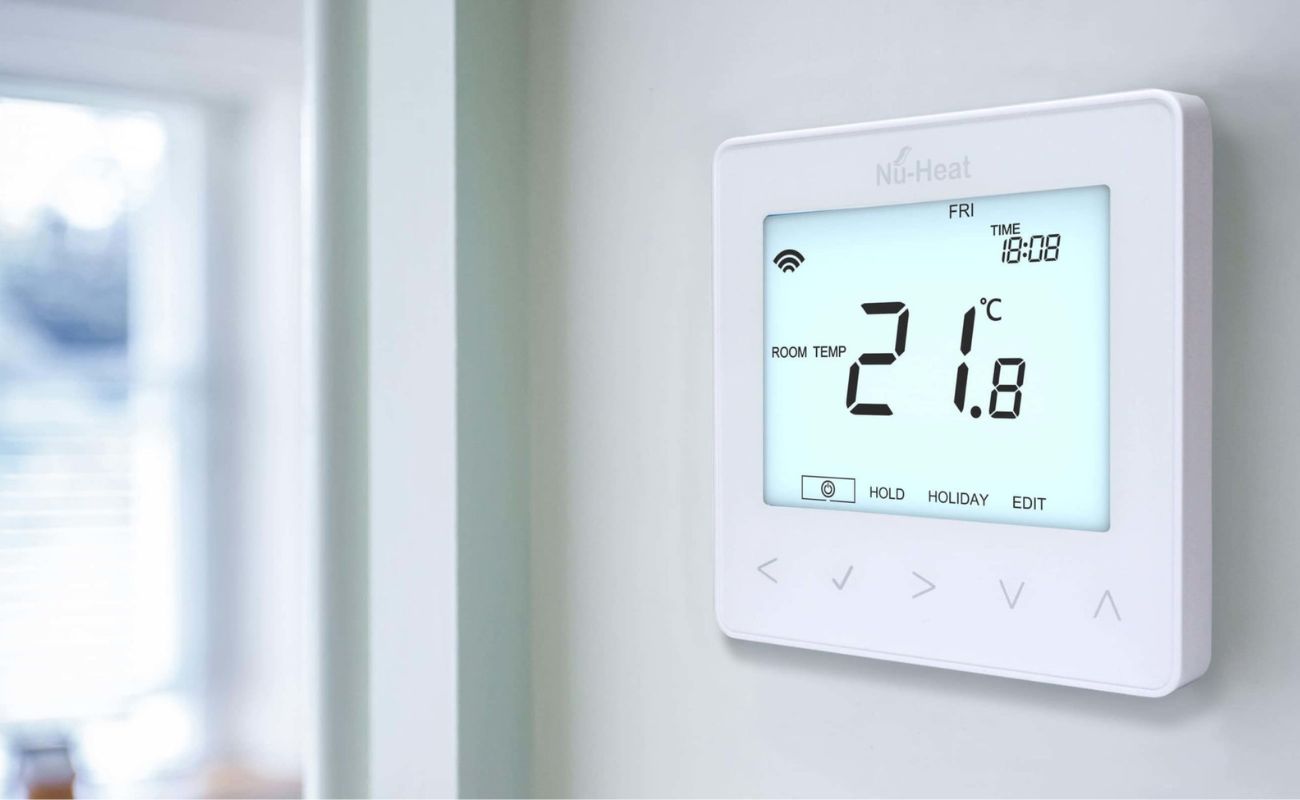
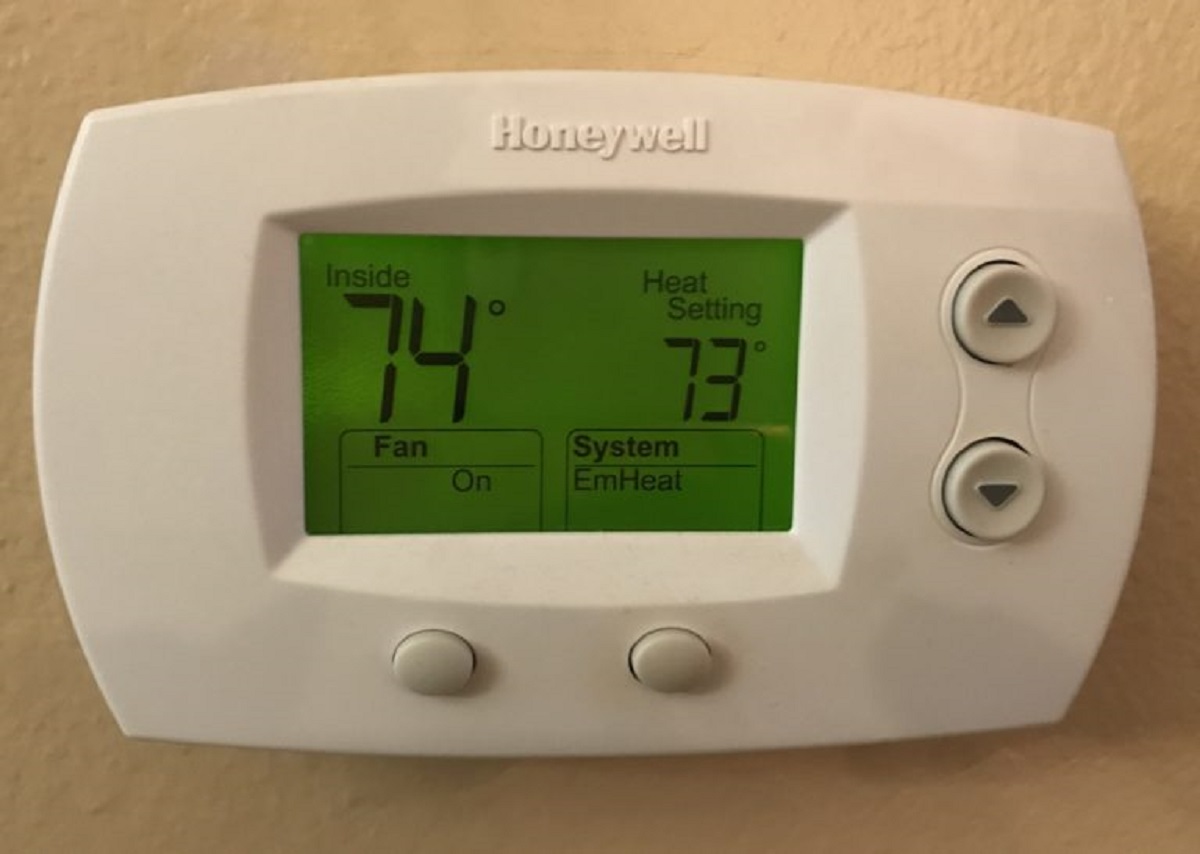
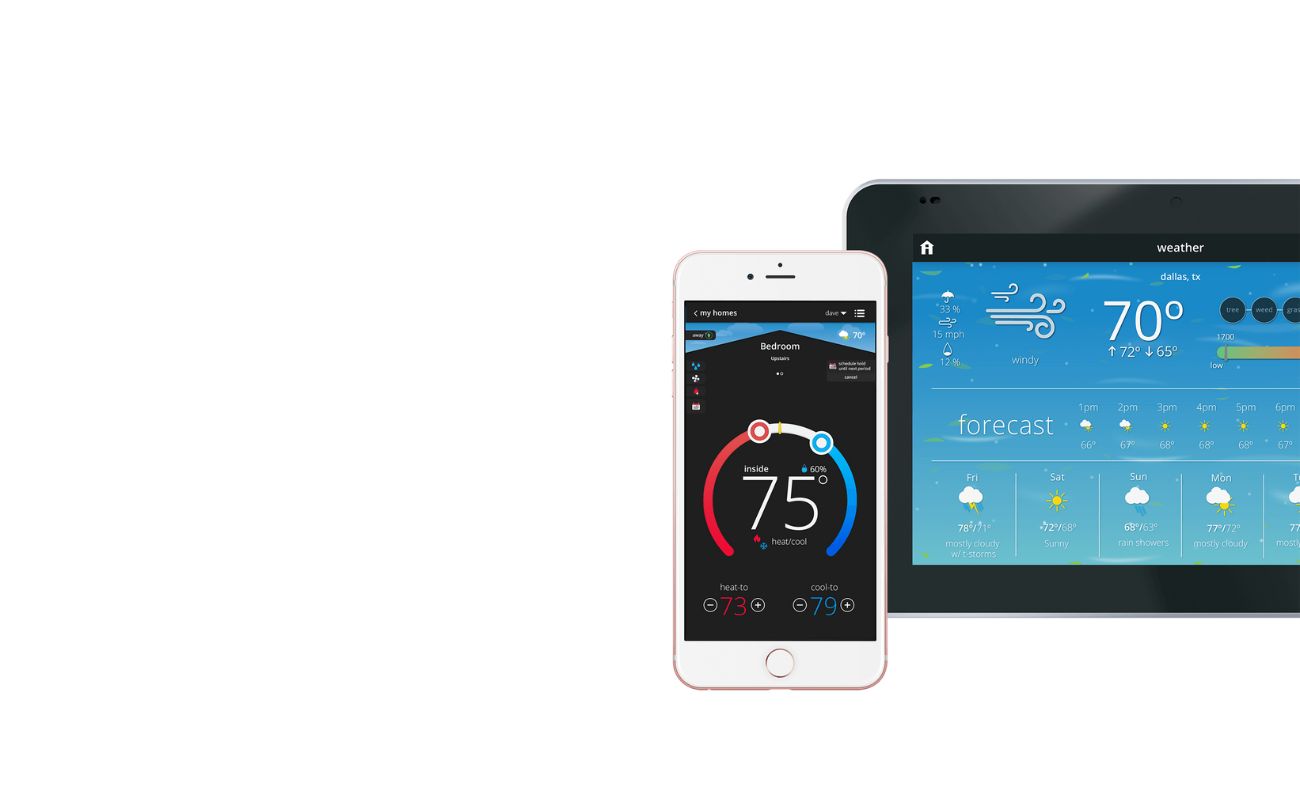
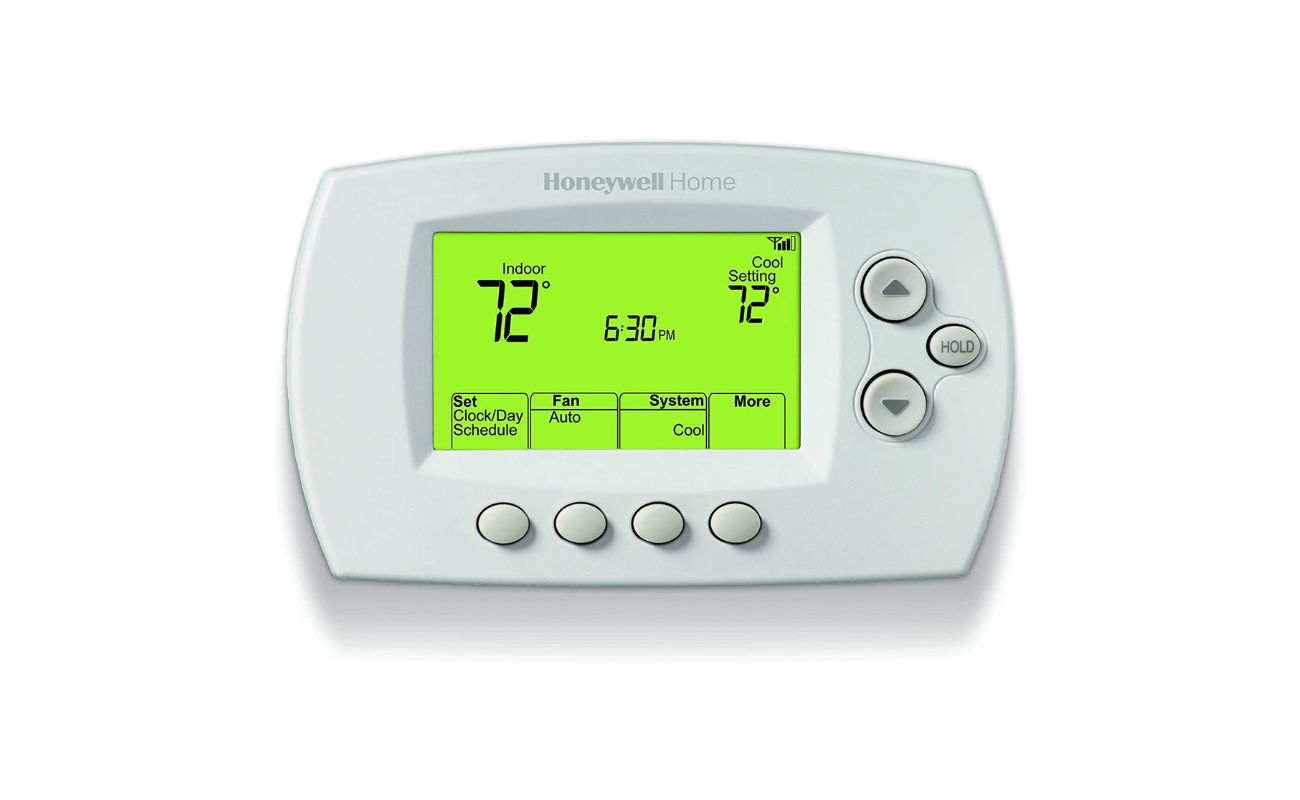
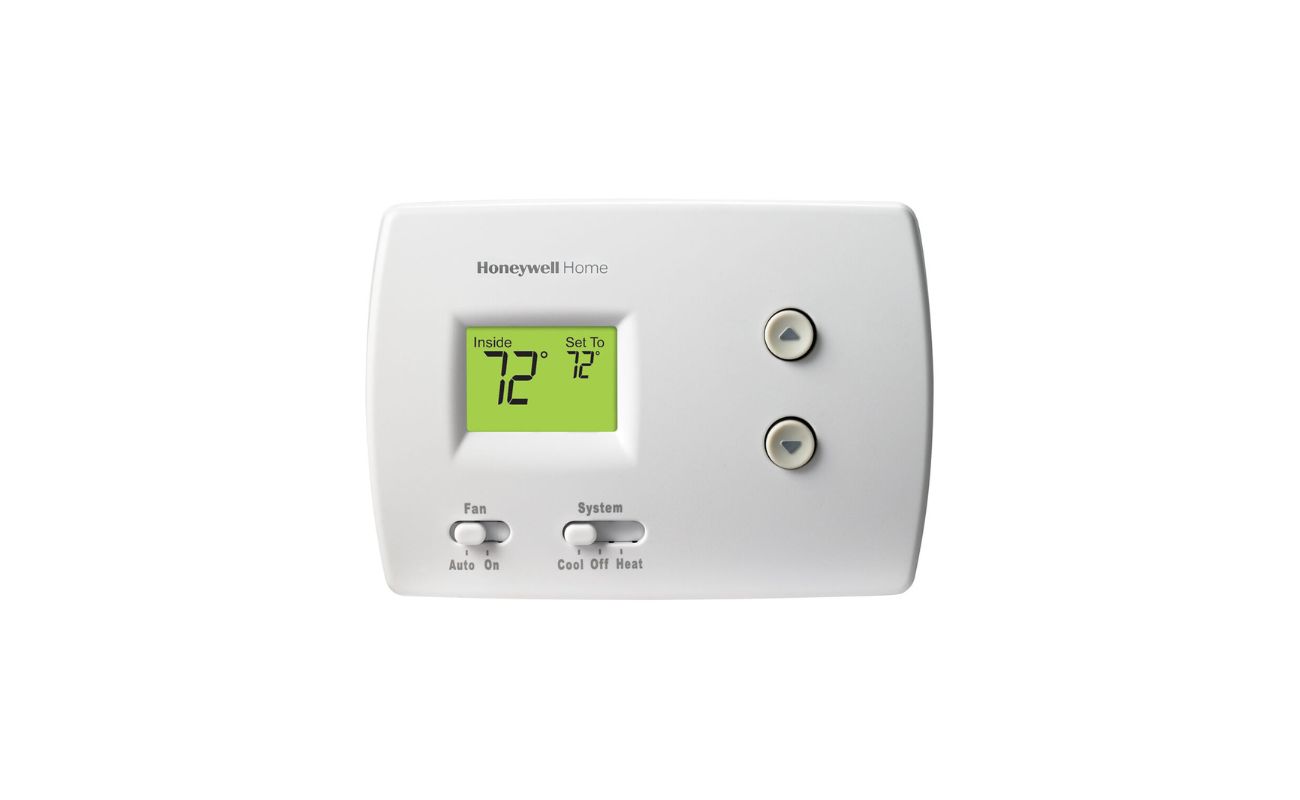

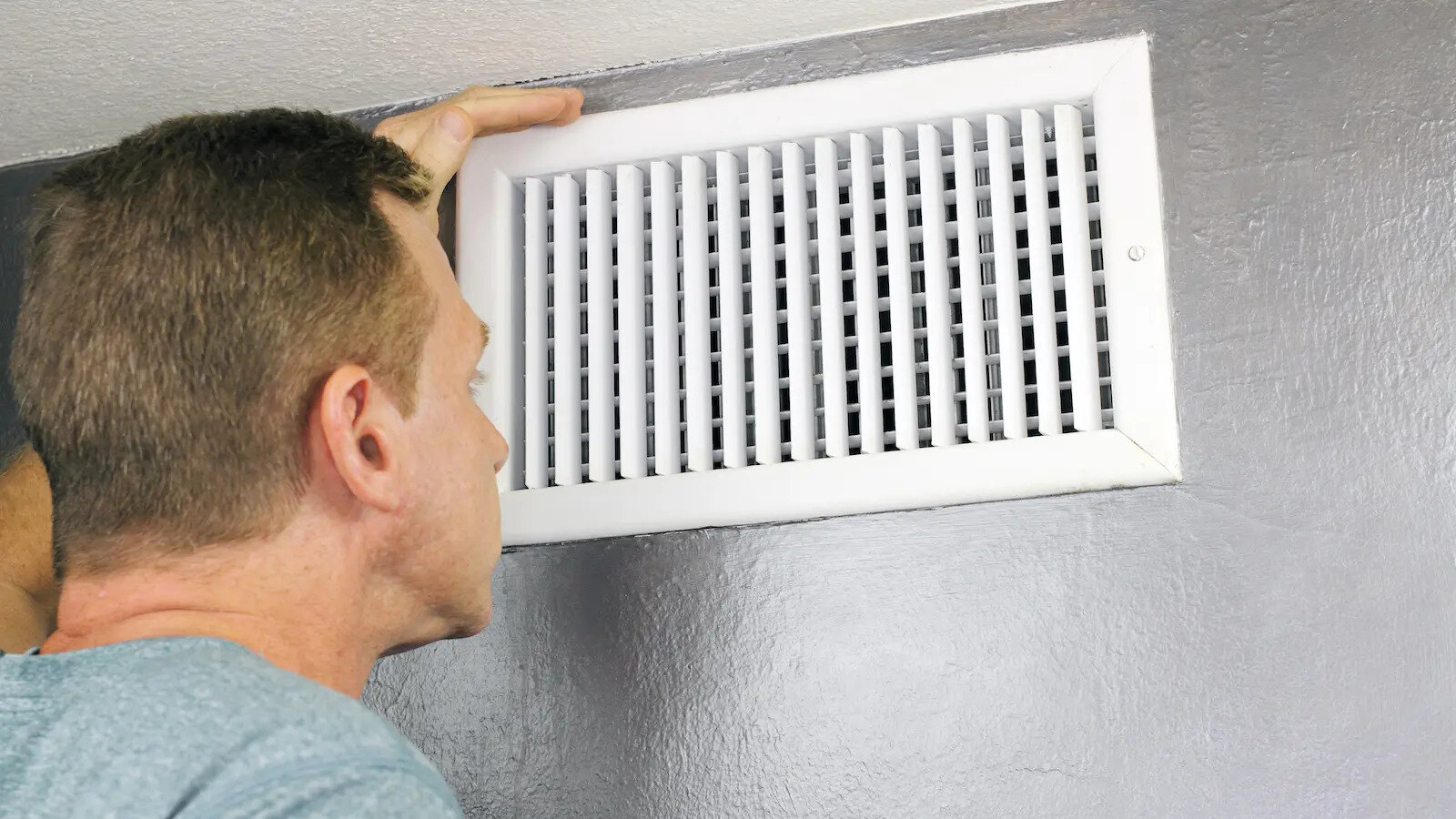
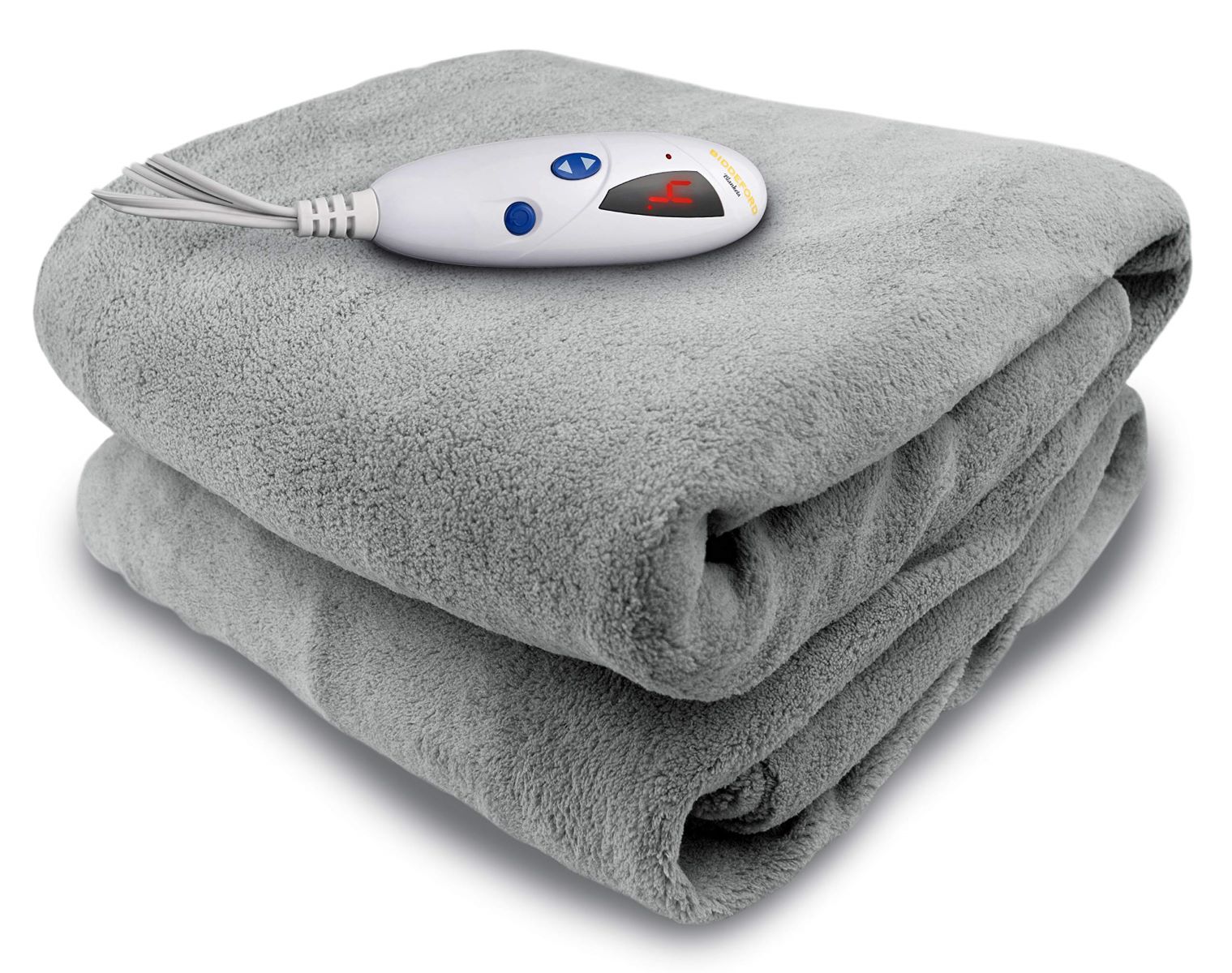
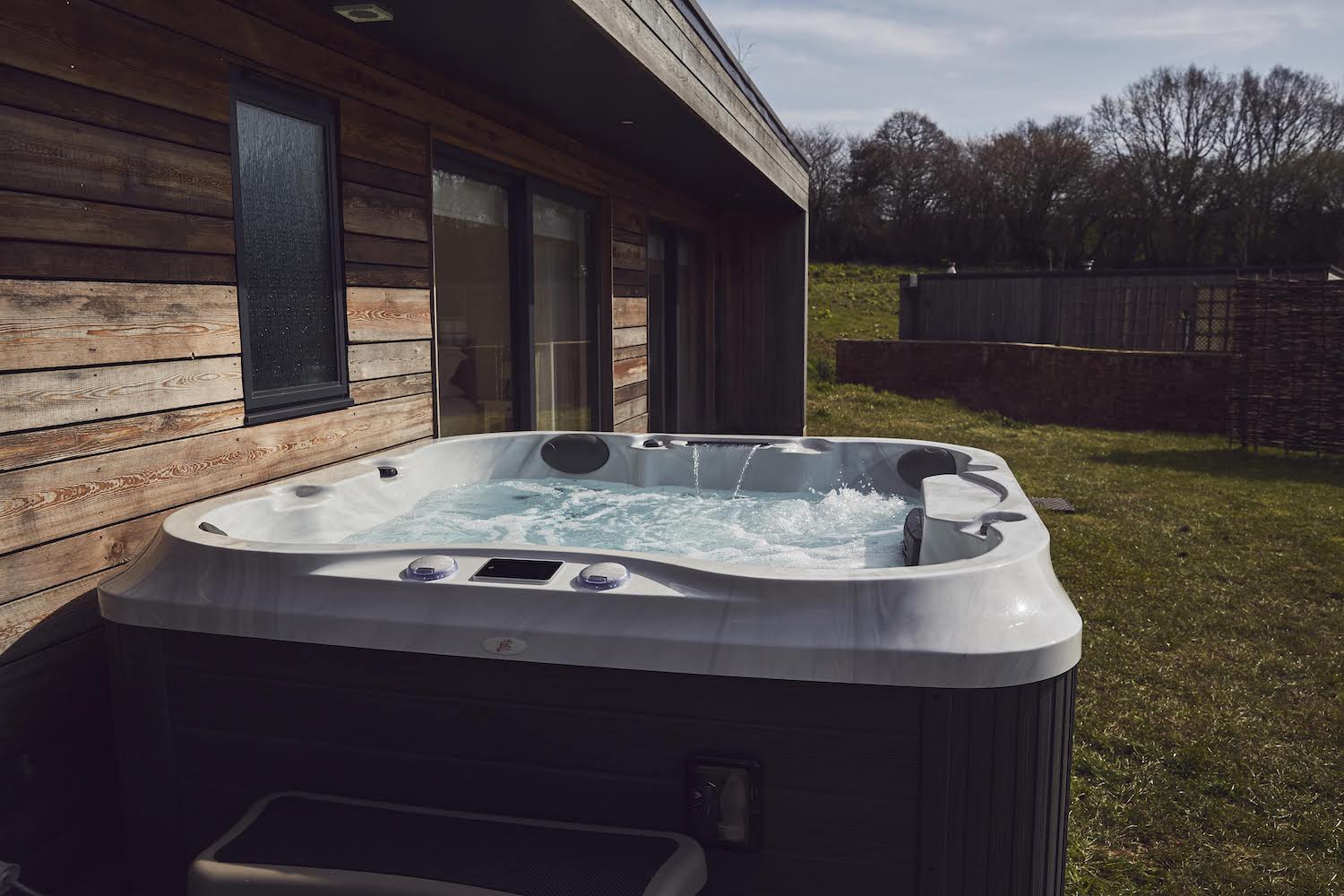
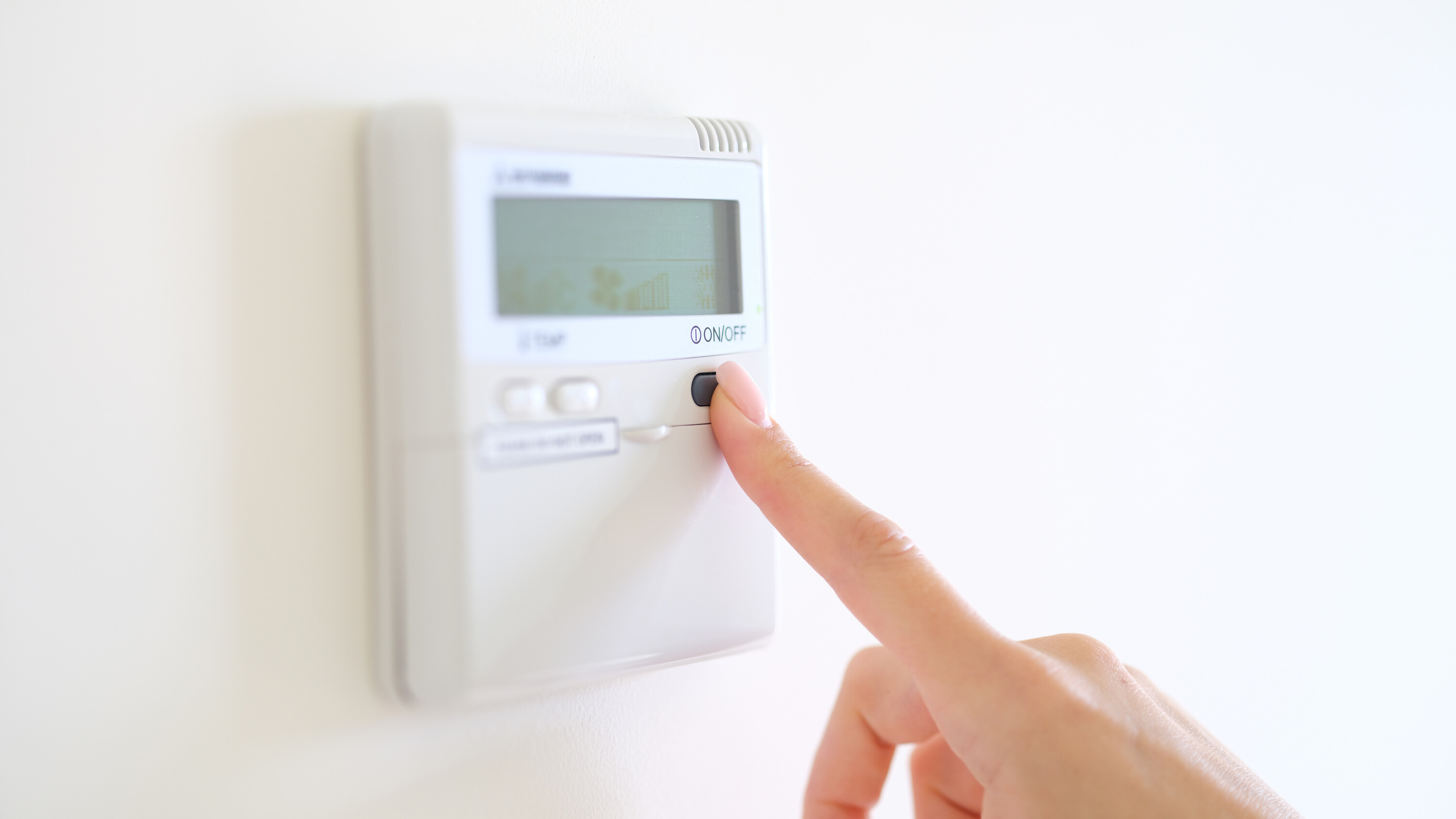
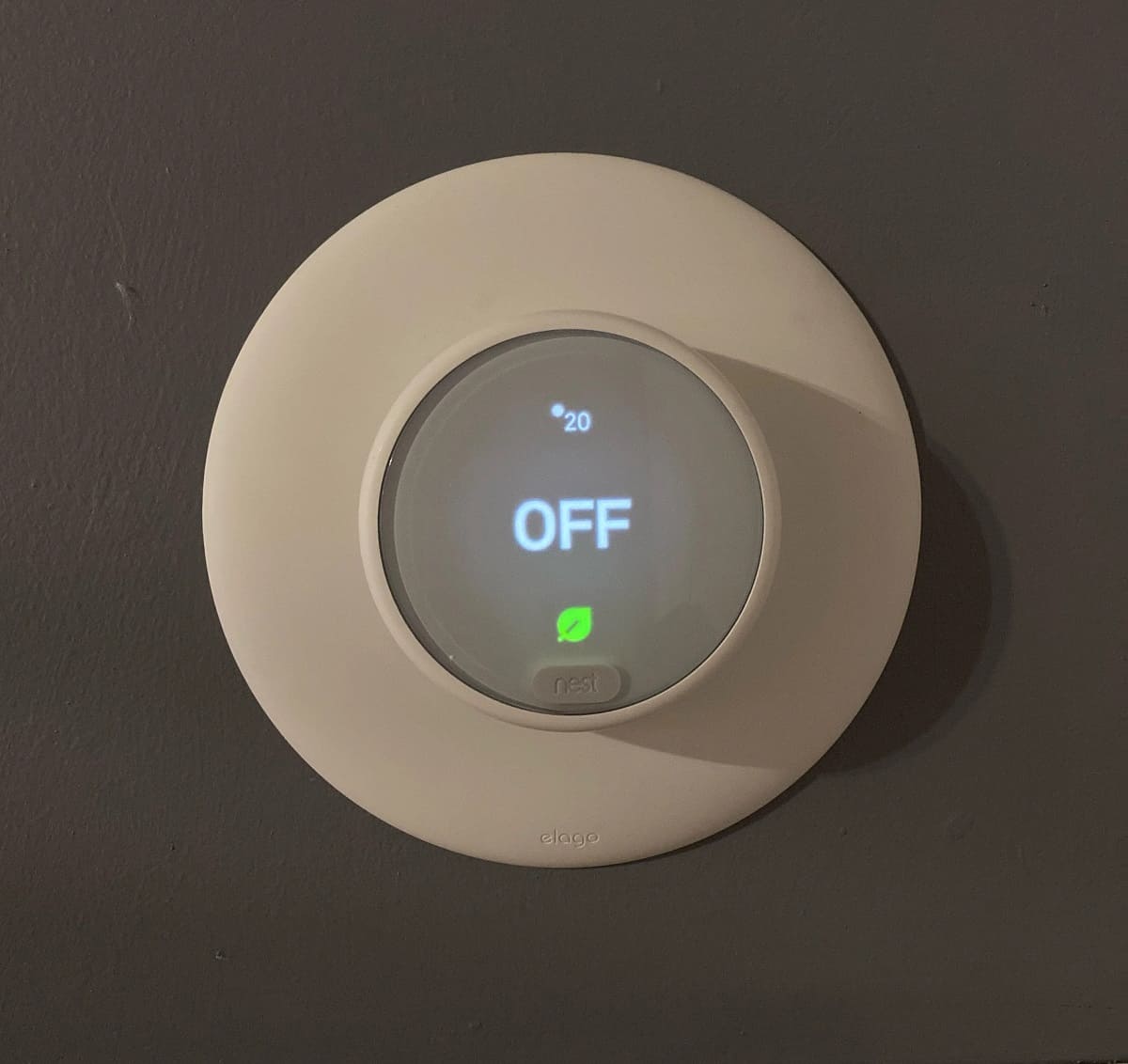
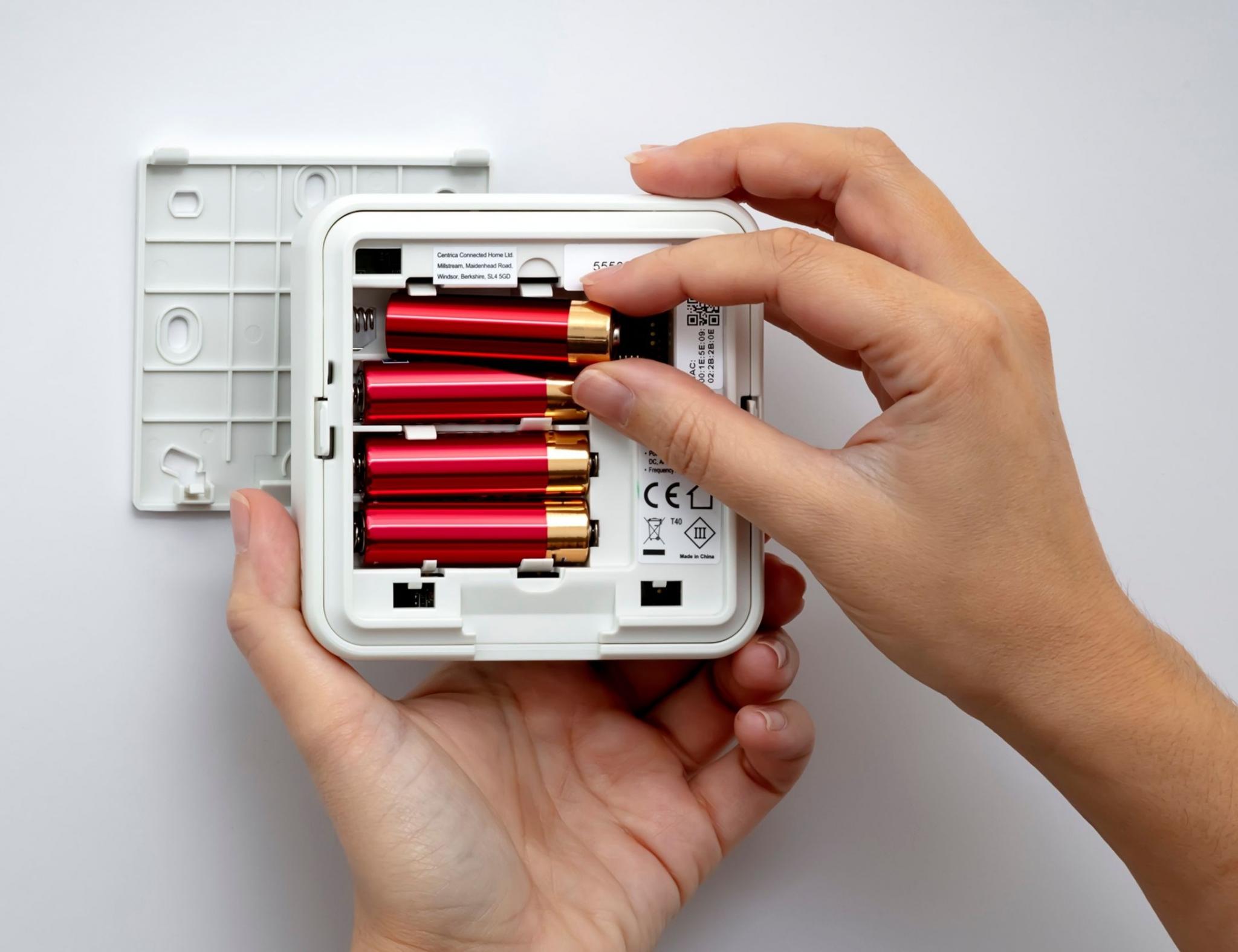
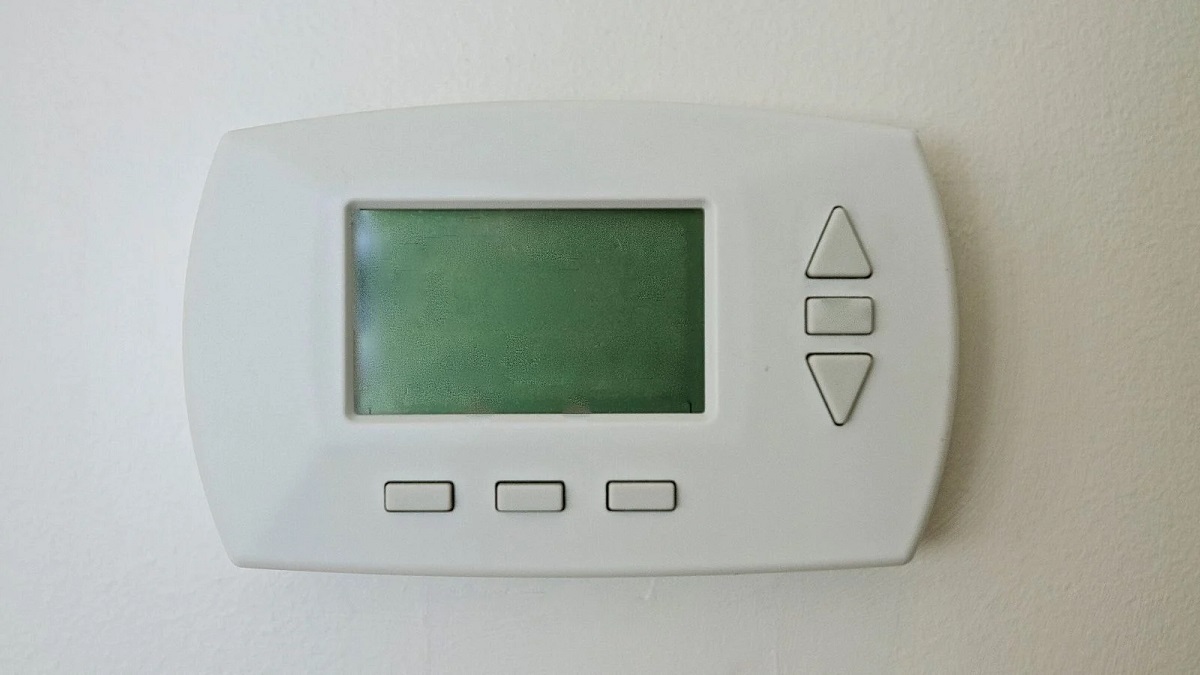

0 thoughts on “Why Is My Vivint Thermostat Not Heating”